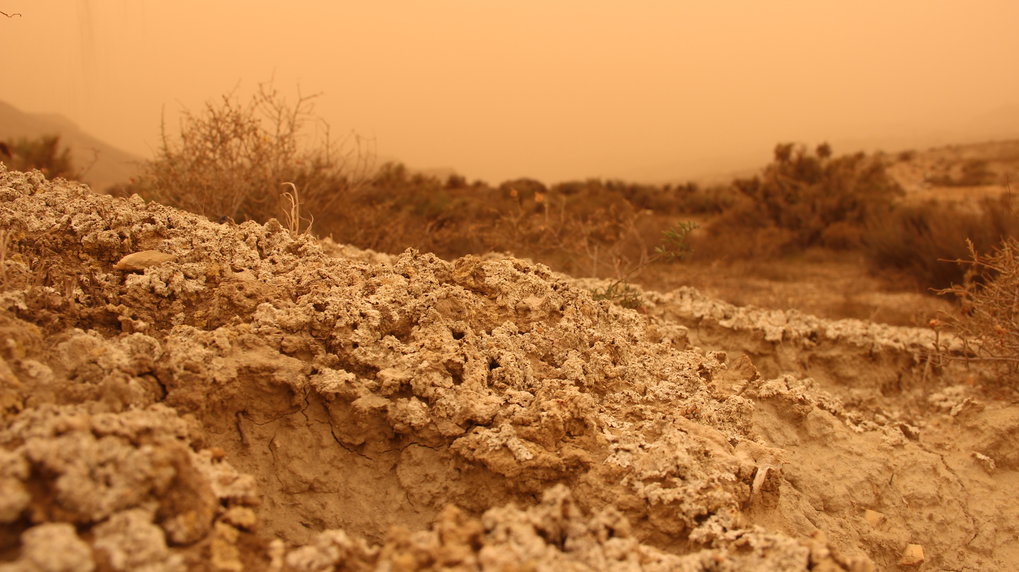When bacteria, fungi, mosses, lichens and algae combine on dry land, they form so-called biological soil crusts. These cover about twelve percent of the total global land surface, and up to one third of the surface in dry areas. Biological soil crusts play an important role in consolidating soils, making them more stable and less likely to be stirred up by the wind. Since dust particles in the atmosphere have an impact on the climate, soil crusts fulfil an important function in several respects. An international team of researchers around biologist Bettina Weber of the University of Graz and research associate of the Max Planck Institute for Chemistry provide, for the first time, comprehensive facts and figures on the importance of biological soil crusts for the regional and global dust cycle, both under current and future conditions.
